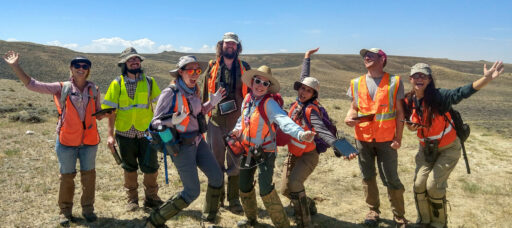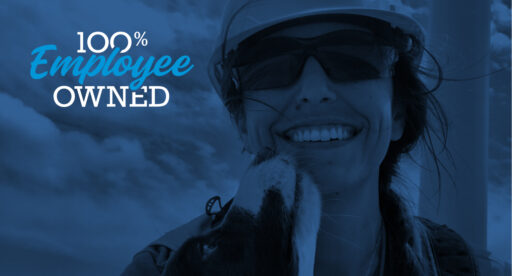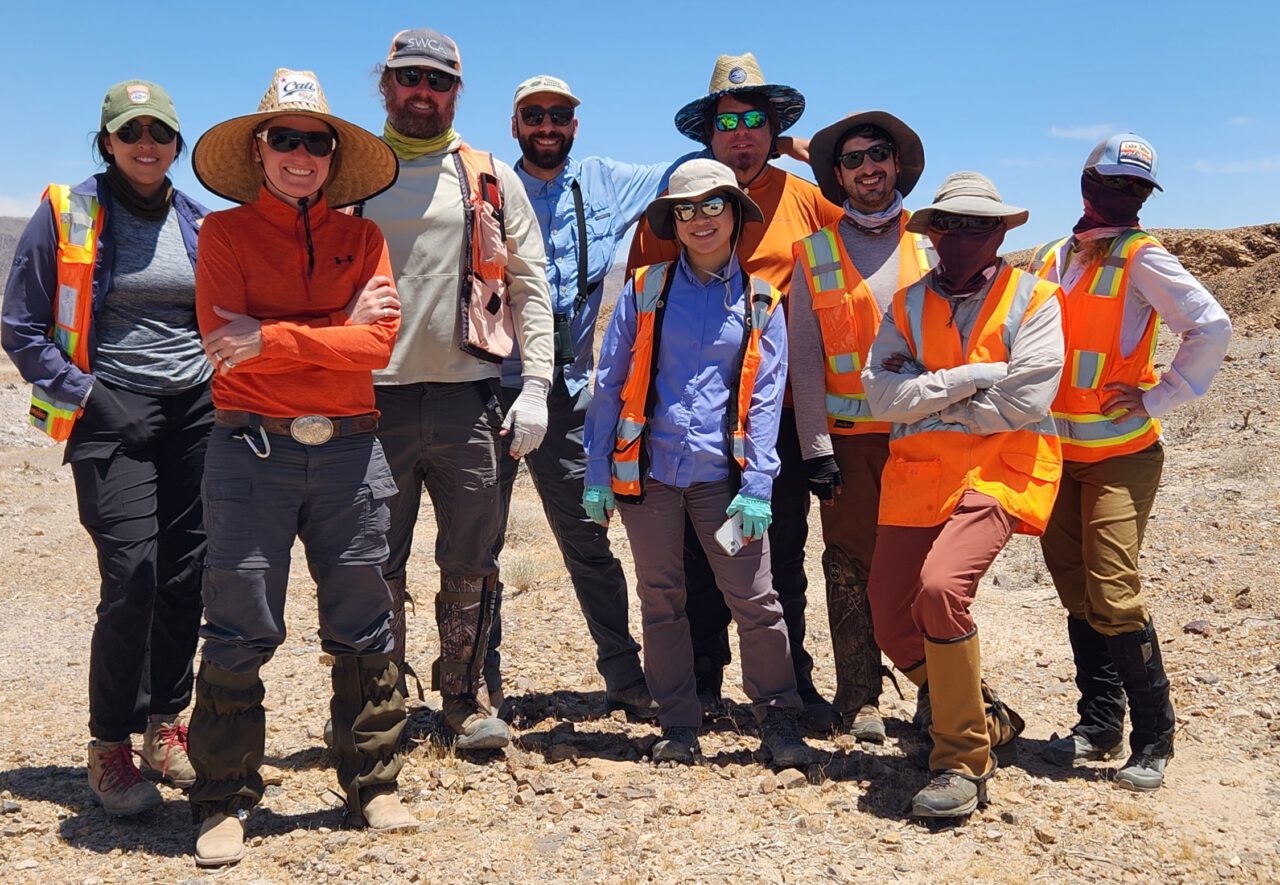2025
Comparably’s Best Company Outlook
* Providing engineering services in these locations through SWCA Environmental Consulting & Engineering, Inc., an affiliate of SWCA.

From the experts we hire, to the clients we partner with, our greatest opportunity for success lies in our ability to bring the best team together for every project.
That’s why:

At SWCA, sustainability means balancing humanity’s social, economic, and environmental needs to provide a healthy planet for future generations.

SWCA employs smart, talented, problem-solvers dedicated to our purpose of preserving natural and cultural resources for tomorrow while enabling projects that benefit people today.

At SWCA, you’re not just an employee. You’re an owner. Everyone you work with has a stake in your success, so your hard work pays off – for the clients, for the company, and for your retirement goals.
The Core of Organizational Success: Beyond Physical Proximity
In a world where exceptional service and innovative products are the lifelines of any organization, the ability to adapt and exceed client expectations is non-negotiable.
Pat Ahern serves as SWCA’s Vice President of Talent and Transformation, leading the company’s enterprise-wide initiatives in talent development, change leadership, and strategic alignment. In this role, Pat is instrumental in advancing SWCA’s 2026 strategic plan, which places a premium on investing in people, organizational agility, and impactful change.
Pat oversees the Talent Development team, scaling high-impact programs in leadership development, project management training, career development, and other functional training initiatives that directly support SWCA’s strategic goals. He guides organizational design, implements change management strategies, and provides leadership coaching to enhance agility, performance, and long-term capabilities across the company. Pat also collaborates closely with operational and corporate teams to cascade goals, integrate talent initiatives, and ensure alignment with SWCA’s business priorities.
With over twenty years of experience in Human Resources and Talent Management across transportation, commercial construction, and consulting sectors, Pat brings deep expertise in organizational design and effectiveness, change management, learning and development, leadership coaching, process improvement, employee engagement, and talent acquisition. His commitment to sound science and creative solutions, paired with a passion for developing people and fostering collaboration, positions SWCA to deepen its investment in talent and drive strategic transformation.
Under Pat’s leadership, SWCA is well-positioned to strengthen its culture, accelerate growth, and deliver on its mission as an industry leader in sustainability.


In a world where exceptional service and innovative products are the lifelines of any organization, the ability to adapt and exceed client expectations is non-negotiable. When an organization loses the ability to do so, it isn’t likely to last long. Couple intense global competition with the speed at which client needs are shifting, and a successful organization must remain laser-focused on understanding the evolving needs of its customers and its people. This commitment requires relentless effort.
What’s astounding to me is that so few recent business articles focus on fundamentals. And it seems the topic de jour is about the physical working location of employees. Though physical proximity correlates strongly with the ability to serve clients for many positions, for many others it quite simply does not. As someone who is energized by in-person interactions, I can see the temptation to require in-person work. However, prioritizing office co-location over actual impact on client satisfaction signals a misalignment. Instead, organizations should be focused on quality of work and its effect on outcomes, not merely where the work happens.

At SWCA, we’ve navigated generational business disruptions with agility that has positioned us as a leader in our industry, even as others revert to traditional work environments. Our line of thinking always starts with how we perform the work necessary to consistently deliver excellent results for our clients—not where. We also recognize that not every role can offer the same degree of workplace location flexibility, understanding that certain positions require specific environments to best serve our clients’ needs effectively.
I’m not trying to quash conversations about where employees are located. But what I’d challenge leaders with is a simple idea:
Empowering employees with work location flexibility, when it doesn’t compromise client satisfaction or results, is a strategic advantage.
Our organization has been a leader in enabling a distributed workforce and allowing location flexibility under the idea that good work can be done anywhere. As long as an employee can deliver outstanding client outcomes, why should we limit where that happens?
In fact, SWCA was ahead of the curve and created a structure that allowed workplace flexibility several years before the pandemic. Our commitment to enabling a distributed workforce remains even as competitors shift back to pre-pandemic work processes and structures.

A flexible work environment acknowledges and respects the diverse needs and life circumstances of employees, making it a key factor in attracting the best minds in the industry.-PAT AHERN,
Vice President of Talent Acquisition and Development
If an organization is myopically fixating on where employees sit when doing their work in a way that is completely disassociated with how they contribute to ensuring client satisfaction and loyalty, the problem isn’t just that staff might have to spend a couple more days in an office environment against their will. It’s about potentially losing sight of what truly matters—understanding and serving clients effectively.
Moreover, fostering a supportive and flexible work environment is crucial for attracting and retaining top talent, which in turn, drives superior client service. As someone who began their career as a recruiter, I can attest to the significance of creating an optimal work environment in achieving organizational success.
In today’s competitive landscape, the ability to offer workplace flexibility is not just a perk—it’s a strategic imperative.
Talented professionals are more likely to join and stay with organizations that offer them the autonomy to balance their personal and professional lives effectively. This autonomy fosters a sense of trust and respect, which are foundational to a productive and engaged workforce.
This heightened engagement leads to innovation, higher quality work, and a deeper understanding of client needs—attributes that are indispensable for delivering exceptional client service. By prioritizing flexibility, organizations are not only investing in their workforce but are also enhancing their capacity to meet and exceed client expectations. Not to mention the ripple effect a flexible work culture plays in building a strong employer brand which ultimately can make the organization more attractive to prospective talent. In an era where word-of-mouth and social media amplify employees’ experiences, a reputation for workplace flexibility can significantly enhance an organization’s appeal in the job market.
So, the real question is – why not embrace flexibility?
